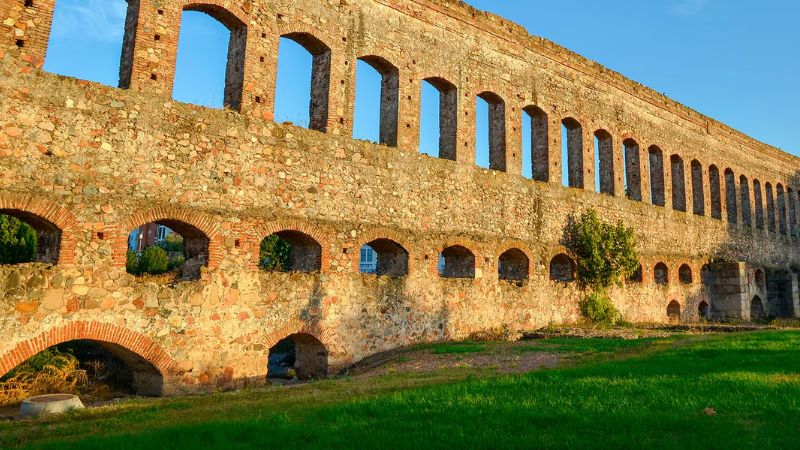
Merida, the capital of Extremadura in Spain, is a treasure trove of archaeological relics that tell the story of Roman times. One of these monuments that captures the essence of this ancient civilization is the San Lazaro Aqueduct.
Brief History of the San Lazaro Aqueduct
The Aqueduct of San Lazaro was built during the 1st century A.D. in the ancient city of Augusta Emerita, the original name of Merida.
The main function of this engineering structure was to supply water to the city, overcoming the difference in level created by the Albarregas River.
It was linked with reservoirs and other aqueducts such as Los Milagros and Cornalvo to provide a constant supply of water to the city.
An Example of Engineering and Design
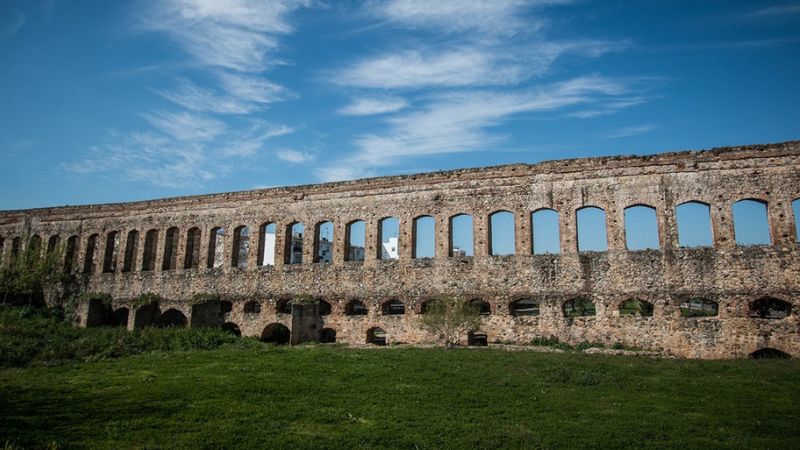
The aqueduct extends for almost 1,000 meters and is mainly built with granite and bricks. In its beginnings, it had subway sections with maintenance entrances for cleaning. Currently, only three pillars and the intermediate arches are preserved.
Specifically, the design presents a second floor with arches of eleven voussoirs, and cruciform pillars in the upper section, showing a combination of flat ashlar masonry and brick courses. This illustrates the versatility and sophistication of Roman engineering.
Reconstruction and Modifications
During the 16th century, due to the state of deterioration of the Roman aqueduct, it was decided to build a new one instead of restoring the original one.
This new aqueduct was known as the Acueducto de Rabo de Buey. Although the new aqueduct was built with many of the stones from the original Roman aqueduct, it managed to preserve much of the design and functionality of the old one.
Cultural and Heritage Importance
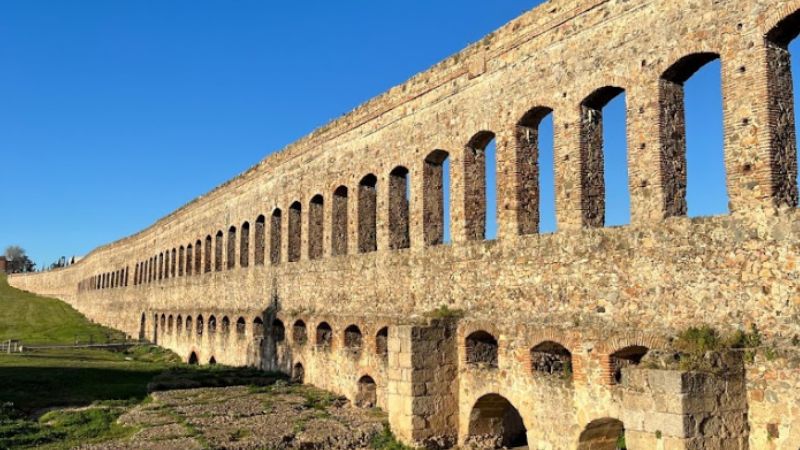
The San Lazaro Aqueduct is part of the archaeological site of Merida, which was declared a World Heritage Site by UNESCO in 1993.
The monument is not only a testimony to the greatness of the Roman Empire, but also represents an exceptional example of the engineering and urban planning progress of the time.
Condition and Accessibility
It is remarkable that the aqueduct is so well preserved that it has even been possible to build a tunnel at its base to allow traffic to pass through.
It is located near Calle Mérida de los Caballeros, next to the Albarregas River Park, which makes it an easily accessible point of interest for visitors.
More of Merida’s historical heritage
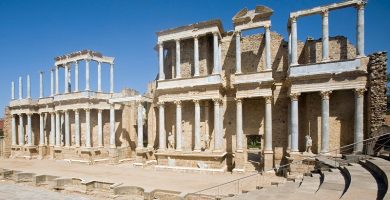
Roman Theater of Merida
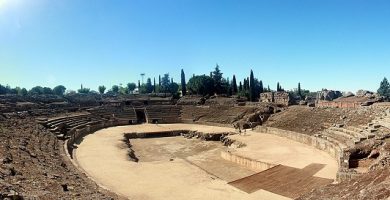
Mérida Roman Amphitheater
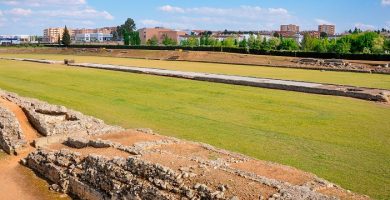
Roman Circus of Merida
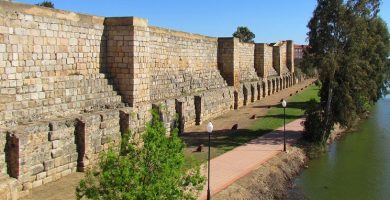
Moorish Alcazaba of Merida
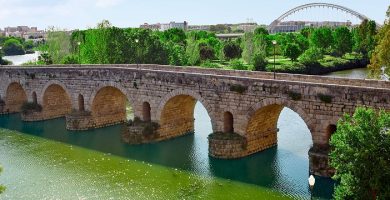
Roman Bridge of Merida over the Guadiana river
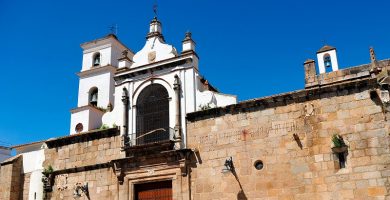
Co-cathedral of Santa María la Mayor of Mérida
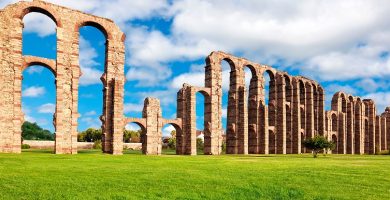
Los Milagros de Merida Aqueduct
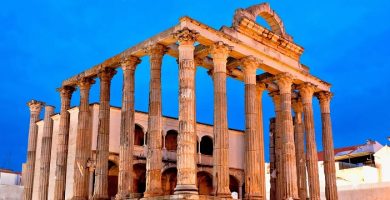
Roman Temple of Diana in Mérida
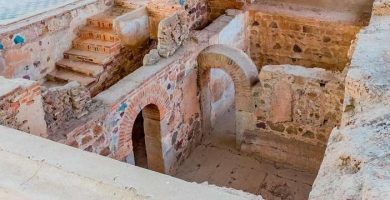
Casa del Mitreo House in Mérida
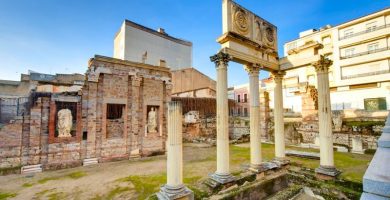
Portico of Merida’s Municipal Forum
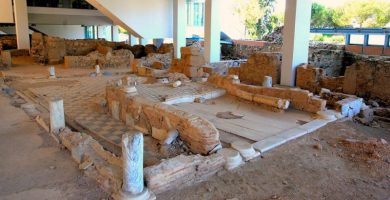
Morería de Mérida Archaeological Site
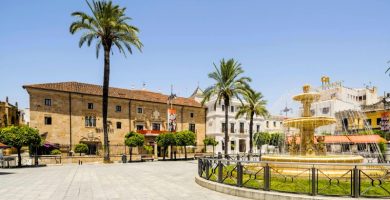
Plaza de España in Mérida
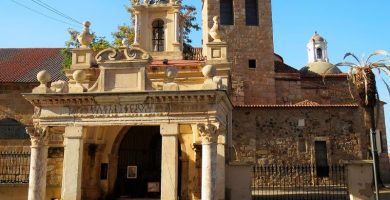
Basilica of Santa Eulalia in Mérida
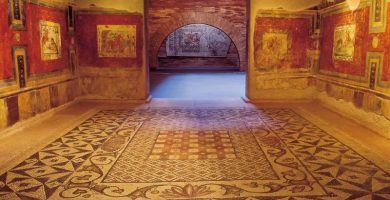
National Museum of Roman Art of Mérida
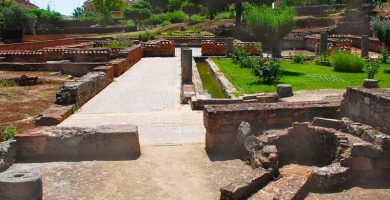
Merida Amphitheater House
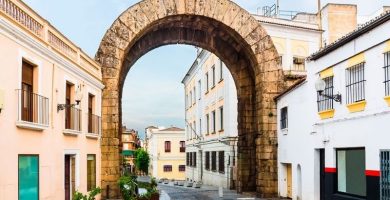
Trajan’s Arch of Mérida
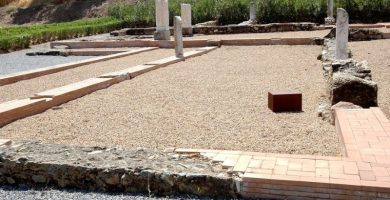
Mérida’s Xenodoquium
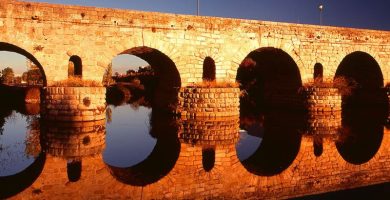
Roman Bridge over the Albarregas
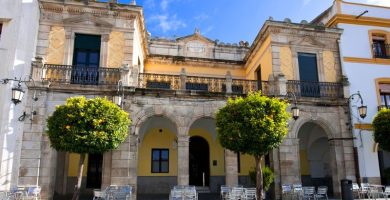
Círculo Emeritense in Mérida
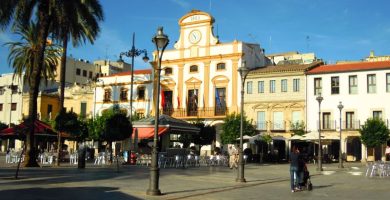
Mérida City Hall
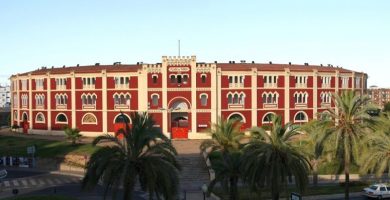
Bullring of Mérida
